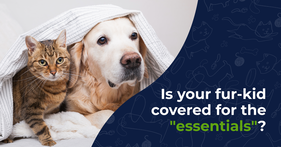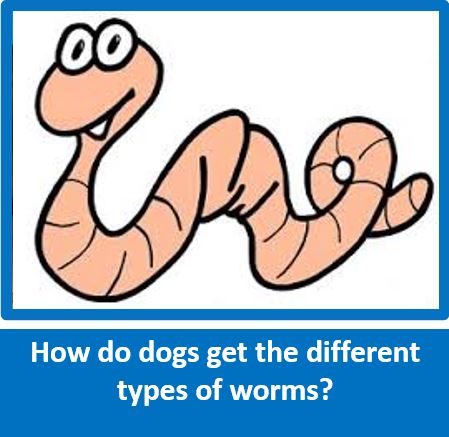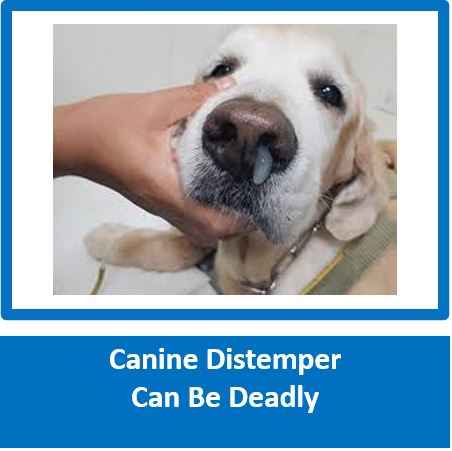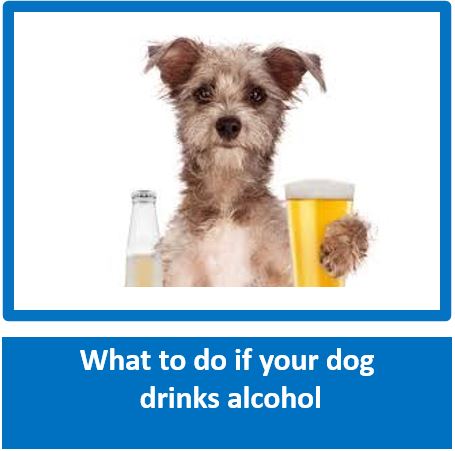|
Having your #furkids covered for the ‘essentials’ means that they get up to their usual antics and you can worry less! Our ‘Essential’ pet insurance provides cover for veterinary consultations not related to in-hospital treatment, up to an annual limit of R15 000. https://www.genricpet.co.za/benefits/
#Petinsurance |
NUTRITION – TRANSITION FROM PUP TO ADOLESCENT DOG
by Scotty Valadao - Canine Behaviourist - Friends of the Dog
by Scotty Valadao - Canine Behaviourist - Friends of the Dog
We all know how important it is to provide the very best nutrition we can for our pups to grow strong healthy bones, muscles, vital organs, healthy brain etc, and in fact during the Rapid Growth Phase, which is approximately between 8 -20 weeks of age, pups seem to double their weight and need about double the calories of an adult dog of the same weight!
However, the need for excellent nutrition does not stop there –it needs to be continued until about two years of age, and throughout the dog’s life if possible, so do feed the very best you can afford, and speak to your vet for
assistance, as each and every dog is different, and breed and size comes into it as well.
Can you feed an adult dog puppy food?
Rather not, and the reason for this is that puppy food is normally packed with extra vitamins and more protein and carbs to help with growth, and this can tend to make a puppy fat when it no longer needs the extra calories.
However, if you are feeding a brand that is formulated for ‘all life stages’ you do not need to change. This means that this food would meet the standards for bone growth and have all the nutrients that a growing puppy needs, and would also suit the pup as it goes into the adolescent and adult stages. A good quality raw dog food that is registered by the Department of Agriculture and has their V number for example, would be considered a ‘all life stages’ food. In the event that you are feeding raw and not sure of the quantity to feed as your pup gets older, do refer to the Puppy Chart at this link
When to change to adult food
There is no set time when it is ideal for a pup to change onto adult food, and the rule of thumb is when the pup reaches approximately 80% of their adult size. When this occurs, the growth rate will slow down. Here is a guide, but do check with your vet: -
One of the reasons to keep up the best nutrition possible is that the bones are still growing, just not as fast as in the young puppy stage. These young dogs still require puppy levels of bone growing nutrients such as Calcium and Phosphorus and to develop healthy brains they still need nutrients such as DHA (essential Omega 3 fatty acid).
An additional factor to consider, is don’t just go with the Recommended Feeding Guide supplied. Each and every dog is different and you need to either increase or decrease what is suggested depending on the dogs energy levels – a couch potato will need less food than a highly active adolescent dog – here you may have to increase the amount.
Sterilization
It is around 6 months of age that the majority of vets will suggest sterilization. It is a misnomer that sterilization makes dogs fat – too much food and not enough exercise does this! It is believed that after sterilization dogs need approximately 30 – 40% fewer calories than intact dogs, and this is due to changes in hormones which results in a slower metabolism for sterilized pets, while increasing their appetite at the same time. If the dog is fed the same number of calories after sterilization as it had before, unhealthy weight gain can occur.
Research says that 70% of overweight pups grow up to be overweight dogs – again, prevention is the key to all things, and if in doubt, check with your vet.
How to change food
Unless on a Registered Raw Diet with a V number, or an ‘all live stages’ kibble food, then change over slowly and carefully. Just as we adults can have an upset tum, so can our dogs. Start by taking out 1 Tablespoon of the puppy food and add in 1 Tablespoon of the adult food. Leave the pup on this for 24 hours, and if no adverse effects, then the following day take out another 1 T of the puppy food and replace with the adult food. Again, wait about 24 hours. On this basis, you will gradually change over the adult food and avoid tummy upsets.
Dogs should be fed twice a day and the best way to feed them is to put the food bowl down totally away from any other dogs (even in a different room), and as soon as the dog has finished eating, pick up the bowl and wash and put away. This stops any potential problems over resource guarding from other dogs, allows the dog to eat in peace and quiet without checking out the side of his eye if any other dogs watching – and an added benefit is that you never have the situation where one dog will not eat if the other dog is not around.
However, the need for excellent nutrition does not stop there –it needs to be continued until about two years of age, and throughout the dog’s life if possible, so do feed the very best you can afford, and speak to your vet for
assistance, as each and every dog is different, and breed and size comes into it as well.
Can you feed an adult dog puppy food?
Rather not, and the reason for this is that puppy food is normally packed with extra vitamins and more protein and carbs to help with growth, and this can tend to make a puppy fat when it no longer needs the extra calories.
However, if you are feeding a brand that is formulated for ‘all life stages’ you do not need to change. This means that this food would meet the standards for bone growth and have all the nutrients that a growing puppy needs, and would also suit the pup as it goes into the adolescent and adult stages. A good quality raw dog food that is registered by the Department of Agriculture and has their V number for example, would be considered a ‘all life stages’ food. In the event that you are feeding raw and not sure of the quantity to feed as your pup gets older, do refer to the Puppy Chart at this link
When to change to adult food
There is no set time when it is ideal for a pup to change onto adult food, and the rule of thumb is when the pup reaches approximately 80% of their adult size. When this occurs, the growth rate will slow down. Here is a guide, but do check with your vet: -
- Teacup and Toy breeds that are under 4.5 – 5.4kg when grown- change at 6-7 months of age
- Miniature Dogs that are under 7,5 – 10 kg when grown – change at 7-8 months of age
- Small dogs, up to 9 – 11.3kg when grown – change at 9 – 11 months
- Medium dog, up to 11.3 – 22.6 kg when grown – change at 12 – 14 months
- Large dog up to 22.6 – 34kg when grown – change at 15 – 18 months
- Giant breeds -over 36.2kg – change when 18 – 24 months.
One of the reasons to keep up the best nutrition possible is that the bones are still growing, just not as fast as in the young puppy stage. These young dogs still require puppy levels of bone growing nutrients such as Calcium and Phosphorus and to develop healthy brains they still need nutrients such as DHA (essential Omega 3 fatty acid).
An additional factor to consider, is don’t just go with the Recommended Feeding Guide supplied. Each and every dog is different and you need to either increase or decrease what is suggested depending on the dogs energy levels – a couch potato will need less food than a highly active adolescent dog – here you may have to increase the amount.
Sterilization
It is around 6 months of age that the majority of vets will suggest sterilization. It is a misnomer that sterilization makes dogs fat – too much food and not enough exercise does this! It is believed that after sterilization dogs need approximately 30 – 40% fewer calories than intact dogs, and this is due to changes in hormones which results in a slower metabolism for sterilized pets, while increasing their appetite at the same time. If the dog is fed the same number of calories after sterilization as it had before, unhealthy weight gain can occur.
Research says that 70% of overweight pups grow up to be overweight dogs – again, prevention is the key to all things, and if in doubt, check with your vet.
How to change food
Unless on a Registered Raw Diet with a V number, or an ‘all live stages’ kibble food, then change over slowly and carefully. Just as we adults can have an upset tum, so can our dogs. Start by taking out 1 Tablespoon of the puppy food and add in 1 Tablespoon of the adult food. Leave the pup on this for 24 hours, and if no adverse effects, then the following day take out another 1 T of the puppy food and replace with the adult food. Again, wait about 24 hours. On this basis, you will gradually change over the adult food and avoid tummy upsets.
Dogs should be fed twice a day and the best way to feed them is to put the food bowl down totally away from any other dogs (even in a different room), and as soon as the dog has finished eating, pick up the bowl and wash and put away. This stops any potential problems over resource guarding from other dogs, allows the dog to eat in peace and quiet without checking out the side of his eye if any other dogs watching – and an added benefit is that you never have the situation where one dog will not eat if the other dog is not around.





